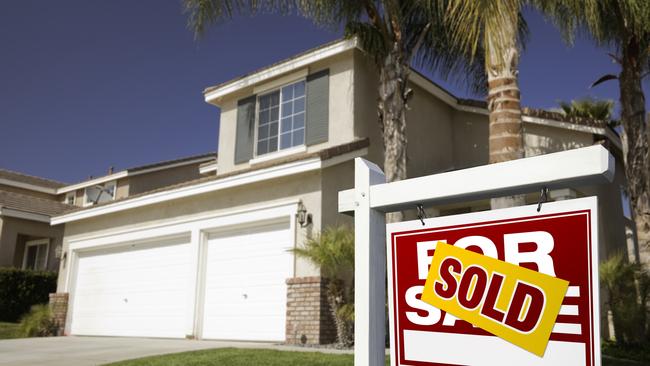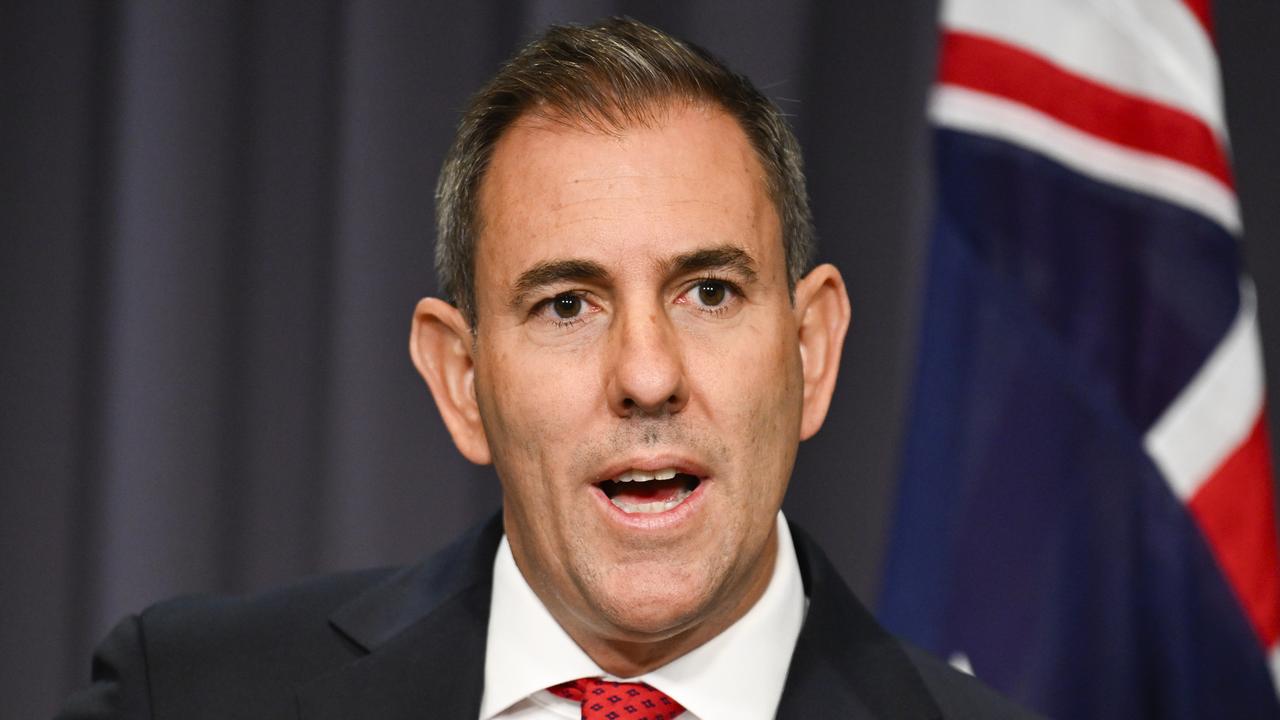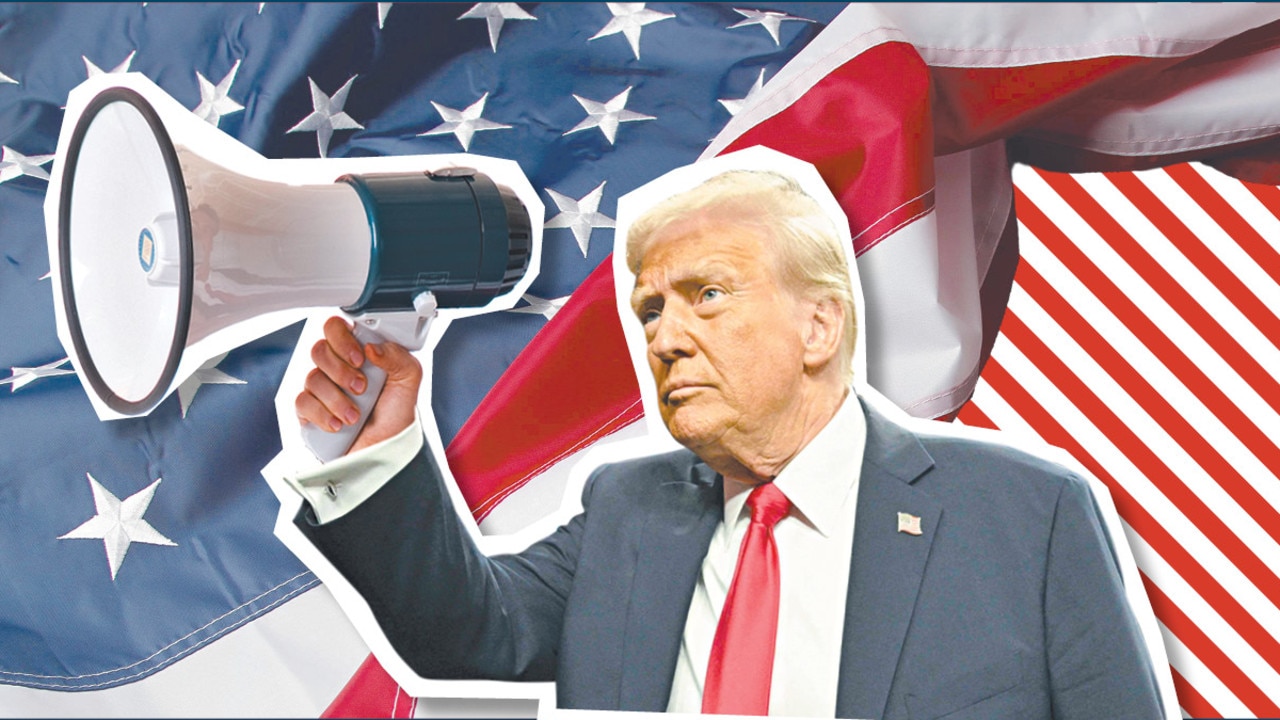Australian housing market faces brutal interest rates test
The pace of interest rate hikes could be breathtaking, sorely testing the stability of the country’s housing market.

The Reserve Bank of Australia is about to embark on its first round of interest-rate increases since 2010, the pace of which could be breathtaking, sorely testing the stability of the country’s housing market, one of the most indebted in the world.
Money market traders have bet the central bank will raise interest rates by around 250 bps by December, an eye-watering pace, especially for the one million households across the country that have never experienced the phenomenon of rising interest rates.
If traders are right, the RBA is set to deliver a steady stream of monthly mortgage rate increases from next week, with at least a few 50-basis-point increases sprinkled in that time.
First-quarter inflation data this week confirmed that Australia is facing the biggest inflation challenge in three decades. Only the one-off effect of the introduction of a 10 per cent goods and services tax in July 2000 puts a brief gap in that history.
The consumer price index rose 5.1 per cent on year in the first quarter, with core inflation also soaring above the RBA’s 2-3 per cent inflation target at 3.7 per cent on year.
Economists argue that the situation demands the RBA act at its policy meeting on Tuesday, even if it means not waiting to see first-quarter wage data in mid-May to help confirm that inflation is now sustainably higher.
The six-month annualised inflation rate as measured by the RBA’s favoured trimmed mean measure is now 4.9 per cent. That is the highest on record since this data was first assembled 20 years ago
“No more evidence on inflation is needed,” said Stephen Miller, investment strategist at GSFM.
While money market bets are only one way of assessing what is likely to come from the RBA in terms of interest-rate increases over the coming months, the fact of the matter is that traders were far better at picking the start of the policy tightening cycle than economists, and they can’t be ignored.
By September, money markets are expecting to see the official cash rate at close to 1.8 per cent, up from the record low 0.10 per cent the RBA has had in place since late 2020.
Talk of coming interest rate hikes is already having an impact. House prices, which boomed in 2021, have begun to flatten out amid expectations they will fall gradually over the near term.
The RBA warned earlier this month that the housing market is looking more fragile, as the share of new high debt-to-income mortgage lending increased significantly to 24 per cent in the fourth quarter of 2021, and more timely information suggests the share of such lending has remained at a high level during early 2022.
But it would take a monumental fall in house prices nationally to truly batter confidence in property markets.
Property research firm CoreLogic said in a report that a fall in national house prices of 20 per cent would take housing values back to similar levels as June 2017, while a smaller 10 per cent drop would see values at levels similar to June 2021, and a 5 per cent drop would bring values back to September 2021 levels.
Meanwhile, the RBA’s own modelling suggests that a 200-basis-point rise in the official cash rate would shave 15 per cent off house prices.
Many people have used the extended period of record-low interest rates to get well ahead in their mortgage repayments, providing substantial buffers in the event that financial stress rises.
Gareth Aird, head of Australian Economics at the Commonwealth Bank, who correctly forecast the RBA would start raising interest rates around now, said the bets being made in the money markets about the RBA hikes seem extreme.
He argues that higher interest rates will get “traction” quickly, as high household debt and the fact that any mortgage interest rate rise from the current record lows will, in percentage terms, represent a rapid increase in repayments for households.
Mr Aird is forecasting the official cash rate will reach just 1 per cent by the end of this year, a far less frightening scenario for all.
Still, his counterpart at ANZ Bank, David Plank, expects the cash rate to be at 2.25 per cent by May 2023.
It leaves room for uncertainty around what will develop in Australia’s housing market over the next year.
Dow Jones newswires



